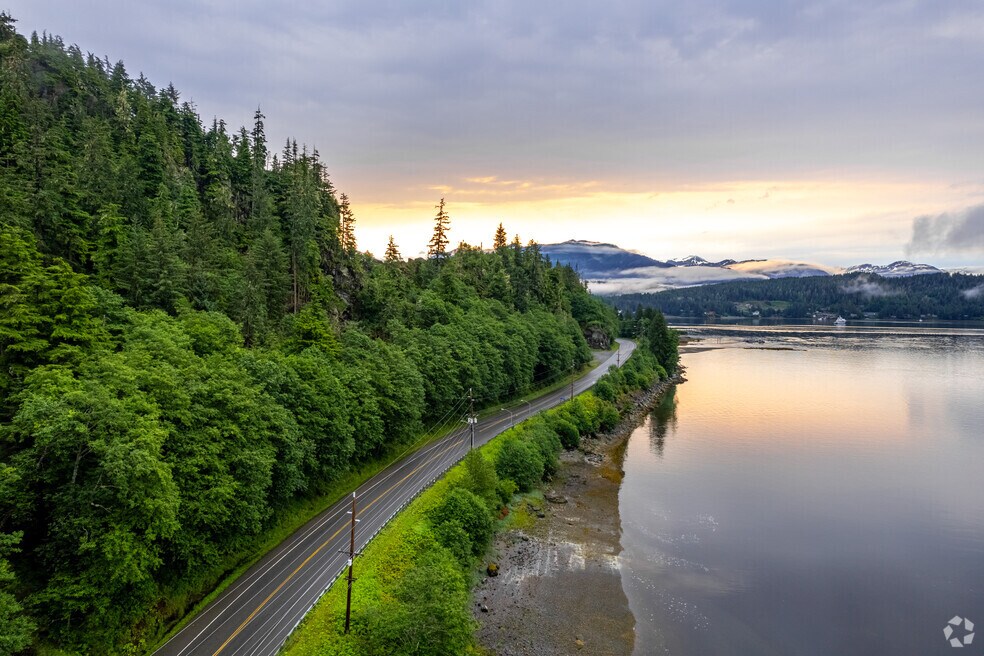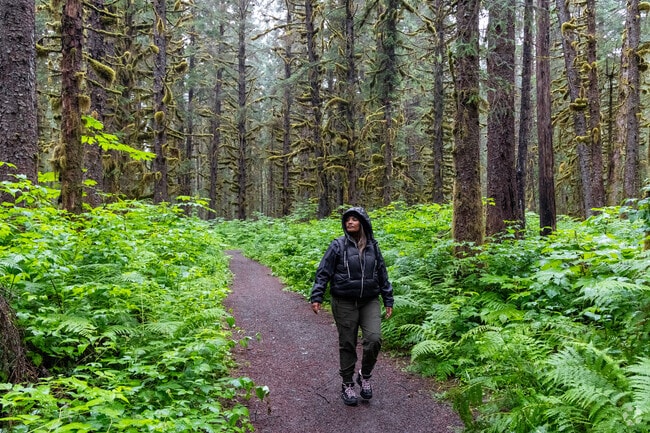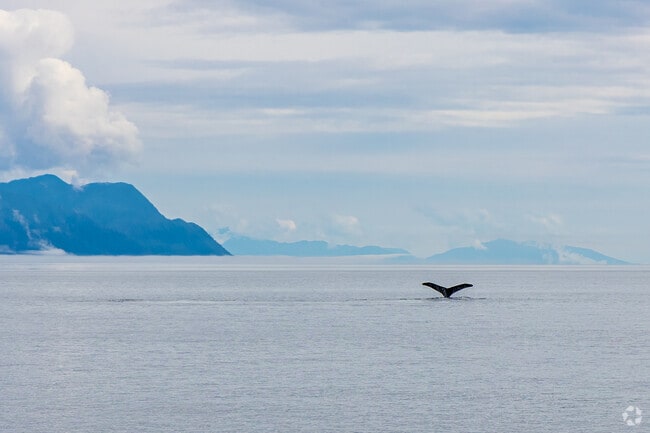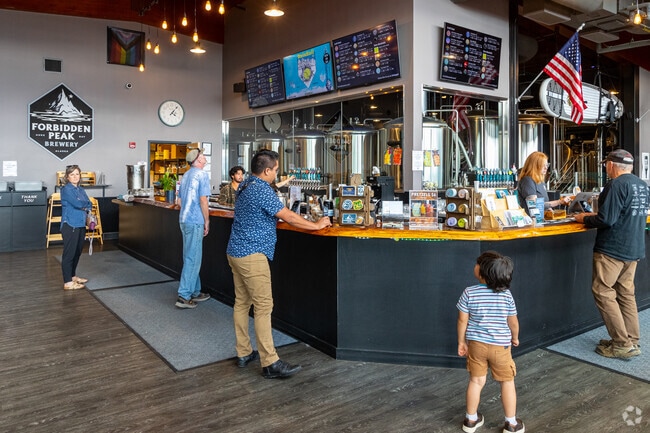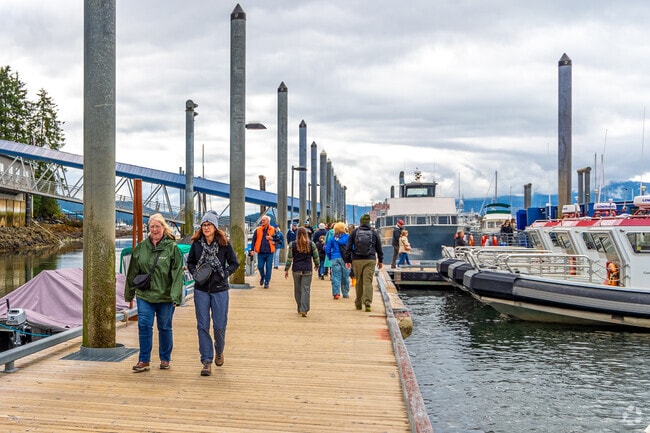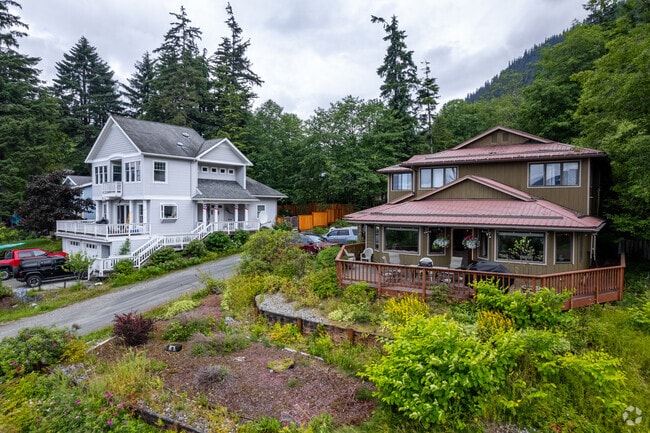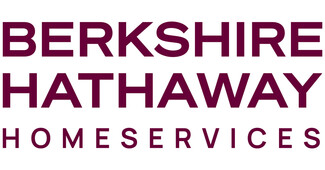About three thousand years ago, the Mendenhall Glacier slowly shed its ice and pushed north through the Alaskan Boundary Ranges. Mendenhall Valley was the result of that process, and it’s still being carved out of the rock today. The neighborhood has changed since the Little Ice Age, though, and now a majority of Juneau’s 32,000 full-time residents live here. “The valley is what you’d call in-your-face beauty,” says PeggyAnn McConochie, a resident since 1980 and a real estate consultant with ACH Consulting. “There’s nowhere you can stand where it’s not gobsmackingly gorgeous, whether you’re looking at the glacier, the Mendenhall Lake or the Mendenhall River. We’ve got deer everywhere, and black bears usually come down from the mountains and visit. We get marmots, seals, river otters and porcupines, too.” The valley is surrounded by Tongass National Forest, and it’s just west of giant Thunder Mountain. In addition to this neighborhood’s parks and trails, it also has some of the most popular shopping and dining in the Alexander Archipelago. Its two malls differentiate it from more isolated parts of Juneau, where modern amenities aren't as common.
Mendenhall Glacier attracts about 500,000 visitors per year, and it’s the only glacier in Alaska accessible by road. Making up the valley’s northern side, this blueish-white ice feeds into Mendenhall Lake and continues south into the Mendenhall River. The West Glacier Trail is on the lake’s west side, and it leads right up to the landmark. On the lake’s east side, the Nugget Falls Trail has more views and ends at a glacial waterfall. The south side of the neighborhood is mostly the Mendenhall Wetlands State Game Refuge; it’s about a 10-mile stretch of the Gastineau Channel, and its 4,000 acres are known for birding and waterfowl hunting. The area around the valley is otherwise protected by the Tongass National Forest, a rainforest that covers about 17 million acres in southeast Alaska. Within the valley, though, four neighborhood parks are walkable from most homes. Adair-Kennedy Memorial Park has Juneau’s first artificial grass field, and area schools use it for football, soccer and other sports. Dimond Park has a Pooh Bear-themed playground, in addition to an eight-lane swimming pool.
Since the valley is the most populated area of Juneau, it has more shopping opportunities than the city’s more remote areas. Mendenhall Mall is on the valley’s south side, and it has Nugget Alaskan Outfitters and Super Bear IGA Supermarket. About a mile farther south, Nugget Mall has department stores such as Petco and JOANN Fabric and Crafts. Most restaurants are around these two malls. Donna’s Restaurant serves diner-style burgers, ice cream and all-day breakfast, and it’s been around since 1981. “The biscuits and gravy and Donna’s Favorite breakfast are what keep people coming back,” says Timos Giamakidis, the restaurant’s owner and a valley resident. “We have lifetime customers and lifetime staff.” Sandbar is nearby for a no-nonsense pub, with a sign that reads, "Famous For Absolutely Nothing." Reviewers say their fish and chips beg to differ.
Downtown Juneau is about 10 miles south of the valley, and locals might work in this area. They might avoid it in the summertime, though, when this historic district gets about 1.3 million visitors. The main avenue, Franklin Street, has gift shops with Alaskan-made products and restaurants with channel views. Just west of this district, state government buildings sit next to museums and entertainment. Centennial Hall Convention Center hosts year-round events such as the Wearable Art Extravaganza and the Juneau Public Market; the Alaska State Museum has exhibits on native culture and natural science.
While Downtown Juneau hosts most of the area’s events, Auke Bay has several get-togethers about 3 miles west of the valley. Boats launch out of this harborside neighborhood for the Golden North Salmon Derby, a three-day contest in August. This competition has been fierce since 1947, but the biggest fish — coming in at a whopping 59 pounds — were caught in 1957 and 1971. When the water’s a lot colder in late December, hundreds of people jump in the bay for the Juneau Polar Bear Dip. Some years have snow and ice, but the dip goes on regardless. In Downtown Juneau, Capital City Brewfest is a beer sampling event in September, and area breweries participate. The July Fourth parade and fireworks are a local favorite along Franklin Street, and festivities continue across the bridge onto Douglas Island. Here, at Sandy Beach, locals can participate in a sand-castle-building competition; firefighters compete in a hose race, where two teams compete to uncoil their hoses before the water arrives.
Occasionally mixed with retail and hotels, single-family homes make up a majority of this market. They’re backgrounded by the Alaskan Boundary Ranges to the north and south, but some say the views aren’t as scenic as more elevated parts of Juneau. These properties usually have sizeable lots and simple siding exteriors, and they were typically built after 1960. “When my husband and I first came here in the 80s, the population was only about 15,000, and there were a lot fewer homes,” says McConochie. “Yards weren’t as well-maintained because the last thing people wanted to do on a sunny day was landscape. They wanted to get out on the boat. But now yards are more kept, and the neighborhood has a more suburban feeling.” Sold home prices aren’t disclosed in Alaska, but as of July 2024, there are several properties listed. Smaller homes start at $440,000, and bigger ones top out at $715,000. New builds by NLD Construction are scattered throughout this range, found in the northern and central parts of the neighborhood. Townhomes are nearby with similar square footage, and they’re between $400,000 and $425,000. Mobile homes are located throughout the neighborhood, and they're between $75,000 and $115,000. Apartments are also available. Whatever the home type, garbage will have to be secured, as the bears here are notorious dumpster divers.
Juneau’s elementary schools now serve kindergarten through sixth grade, rather than kindergarten through fifth. This is due to funding changes for the 2024-2025 school year, and parents should check with the district for current updates. Kax̱dig̱oowu Héen Elementary, formerly known as Riverbend Elementary, is in the southern part of the valley and gets a B-minus from Niche. About a mile northeast, Sítʼ Eetí Shaanáx̱ - Glacier Valley School receives the same score. Mendenhall River Community School is nearest the neighborhood’s northern lake, and this elementary school gets another B-minus; about 80% of its teachers have been there for five or more years. In the southern part of the valley, Thunder Mountain Middle serves seventh and eighth grades. It used to be a high school and received an A from Niche, ranking in the top 5 public high schools statewide. Now the only high school in the area, Juneau-Douglas High is about 10 miles south in Downtown Juneau, and it gets an A-minus. The University of Alaska Southeast is about 3 miles west of the valley; in addition to its 40-plus degree programs, this scenic campus has views of Auke Lake.
While residents could get by without a car, most people drive around the valley. Mendenhall Loop Road is the main north-south thoroughfare that connects many neighborhoods, while the Glacier Highway runs east to west along the coast. Also known as Egan Drive, this freeway has a bus system called Capital Transit, and it runs to Auke Bay and Downtown Juneau. The bus also runs to the ferry terminal in Auke Bay, about 5 miles west of the valley. It’s Juneau’s only access point for the Alaskan Marine Highway, which connects over 30 communities and 3,500 miles of waterways. Glacier Bay National Park is an occasional stop along this route, as the ferry lands here twice a week for most of the year. While seaplanes are available in Downtown Juneau, Juneau International Airport is on the south side of the valley. Commercial planes connect to the Lower 48 and other destinations in Alaska.

